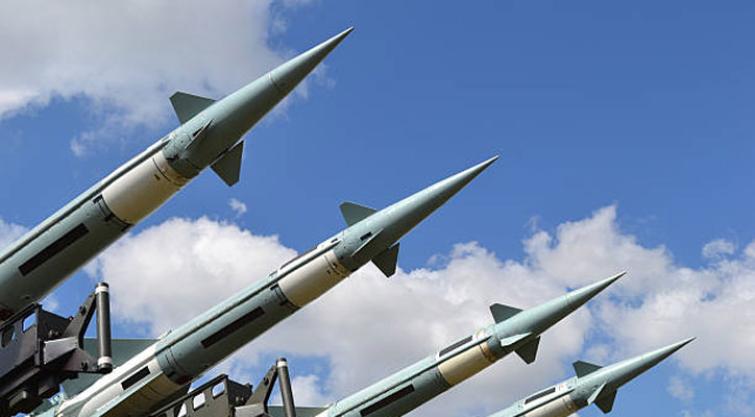By FnF Correspondent | PUBLISHED: 30, Jun 2025, 19:24 pm IST | UPDATED: 30, Jun 2025, 19:24 pm IST
 The recent involvement of the United States in high-precision aerial warfare against Iran has set new benchmarks in global military strategy. With the deployment of advanced munitions such as bunker busters and precision-guided bombs, countries worldwide are reassessing their defence capabilities. India is no exception. The Defence Research and Development Organisation (DRDO) is now fast-tracking its efforts to develop an enhanced variant of the Agni-5 missile system, aimed at delivering massive conventional bunker-busting warheads, as per media reports.
The recent involvement of the United States in high-precision aerial warfare against Iran has set new benchmarks in global military strategy. With the deployment of advanced munitions such as bunker busters and precision-guided bombs, countries worldwide are reassessing their defence capabilities. India is no exception. The Defence Research and Development Organisation (DRDO) is now fast-tracking its efforts to develop an enhanced variant of the Agni-5 missile system, aimed at delivering massive conventional bunker-busting warheads, as per media reports.Unlike the original Agni-5, which was designed for nuclear delivery with a range exceeding 5,000 kilometres, the upgraded version will carry conventional warheads — specifically, bunker busters weighing up to 7,500 kilograms. These warheads are reportedly engineered to penetrate deeply buried and fortified enemy targets, detonating after reaching depths of 80 to 100 metres beneath reinforced concrete structures.
This move aligns India's ambitions with those of the United States, which recently demonstrated its might by deploying 14 GBU-57 bunker-buster bombs — the largest conventional munitions of their kind — targeting suspected Iranian nuclear facilities. While the US delivers these bombs using large, costly bomber aircraft, India's missile-based approach offers greater flexibility, cost-efficiency, and rapid response capability.
India's strategy differs from the American model by eliminating the need for bomber aircraft altogether. The DRDO is developing a delivery mechanism that enables missile-based deployment, allowing greater mobility and faster operational readiness. The missile' velocity is expected to range between Mach 8 and Mach 20, classifying it as a hypersonic weapon — with striking speed comparable to American systems but potentially with far greater payload capacity.
Reports indicate that DRDO is currently working on two distinct versions of the upgraded Agni-5 missile. The first is designed with an airburst warhead for engaging above-ground targets, ideal for soft-surface or area-denial operations. The second variant is a deep-penetration missile tailored to strike hardened subterranean bunkers and missile silos, much like the US GBU-57 — but potentially with a more powerful payload of up to eight tons.
Though the range of these new Agni-5 variants may be reduced to around 2,500 kilometres - a sharp drop from the original version - their immense payload and hypersonic speed compensate for the loss in distance. These missiles are expected to become key assets in India's strategic arsenal, capable of targeting deeply buried command-and-control centres, missile storage facilities, and other critical military infrastructure in countries like China and Pakistan.
"Bunker buster" is a broad term used to describe bombs that are designed to penetrate deep below the surface before exploding. This bomb is designed to attack deeply buried and hardened bunkers and tunnels. It's believed to be able to penetrate about 200 feet below the surface before exploding, and the bombs can be dropped one after another, effectively drilling deeper and deeper with each successive blast.

by : Priti Prakash
Into this devastation walked Donald Trump with his much-hyped 'peace plan'. At first glance, it soun...